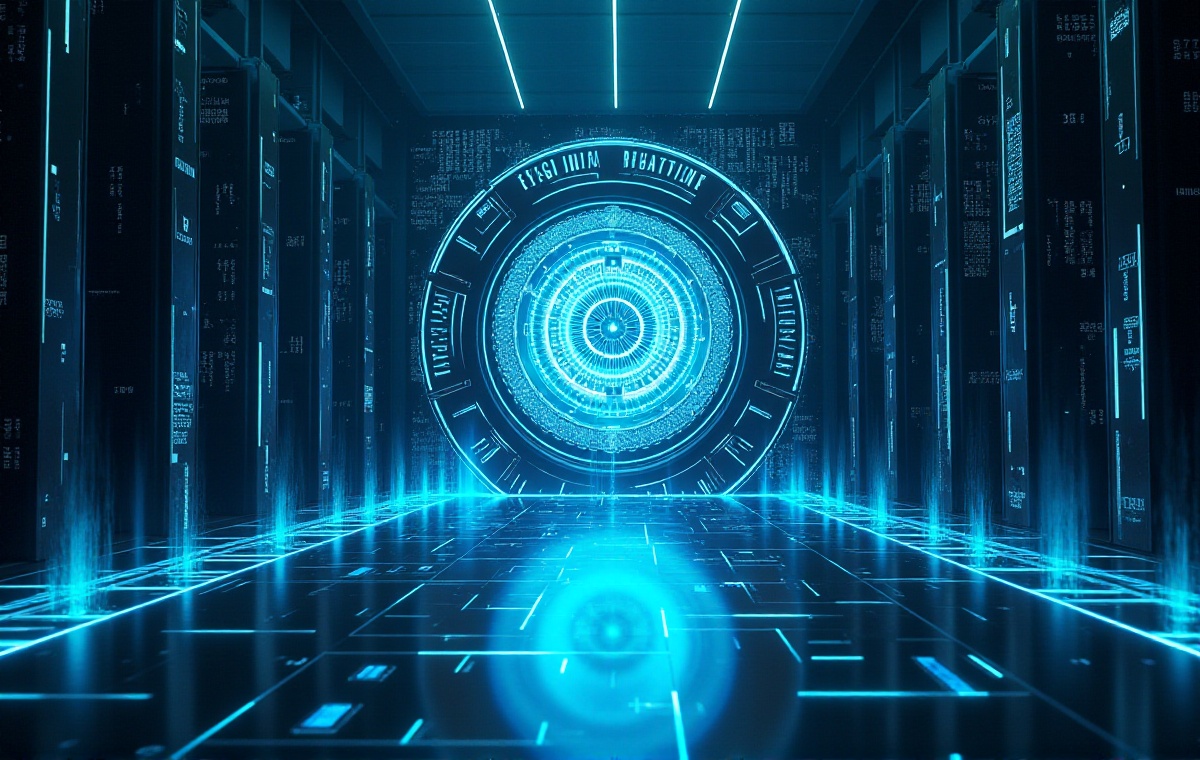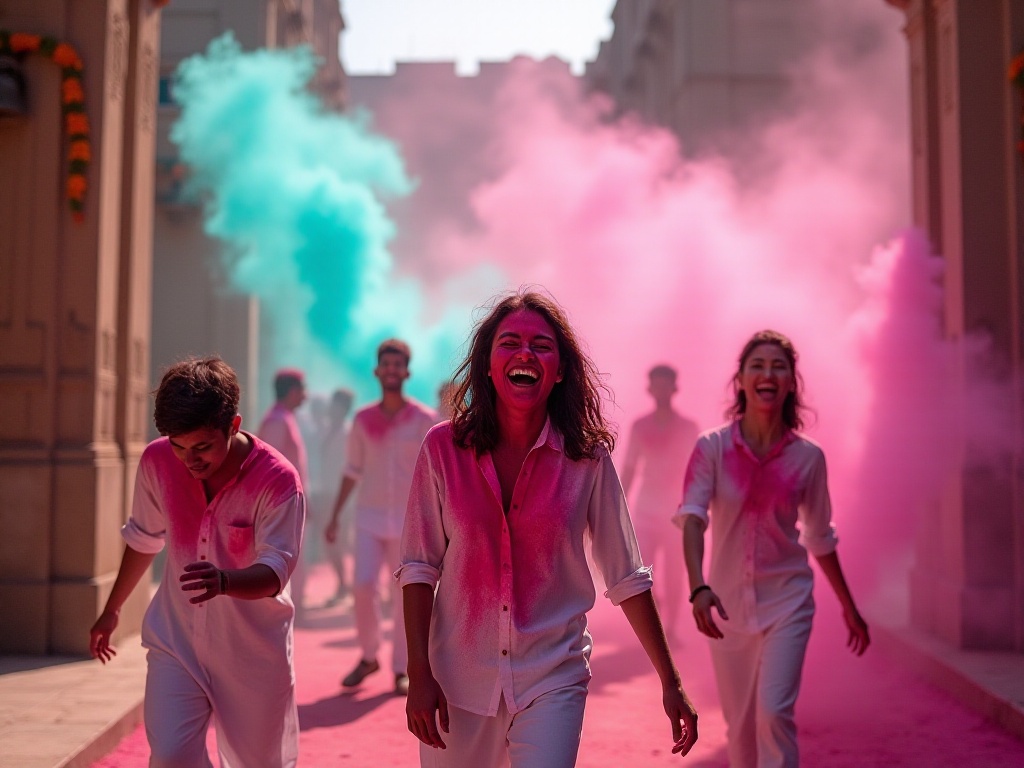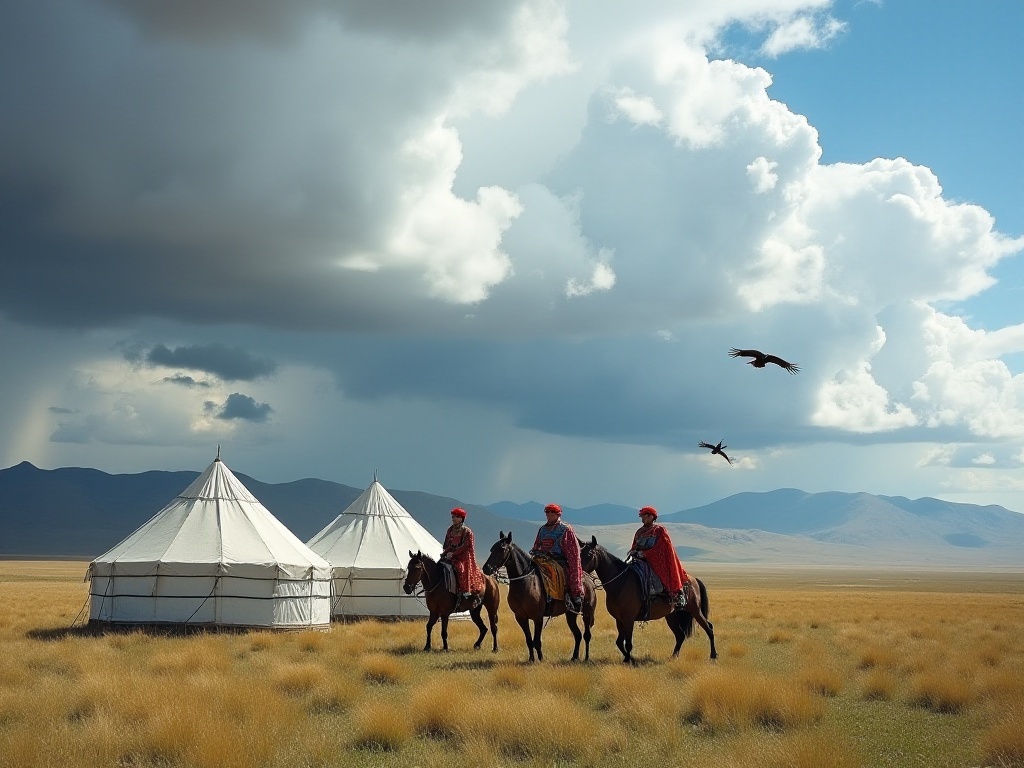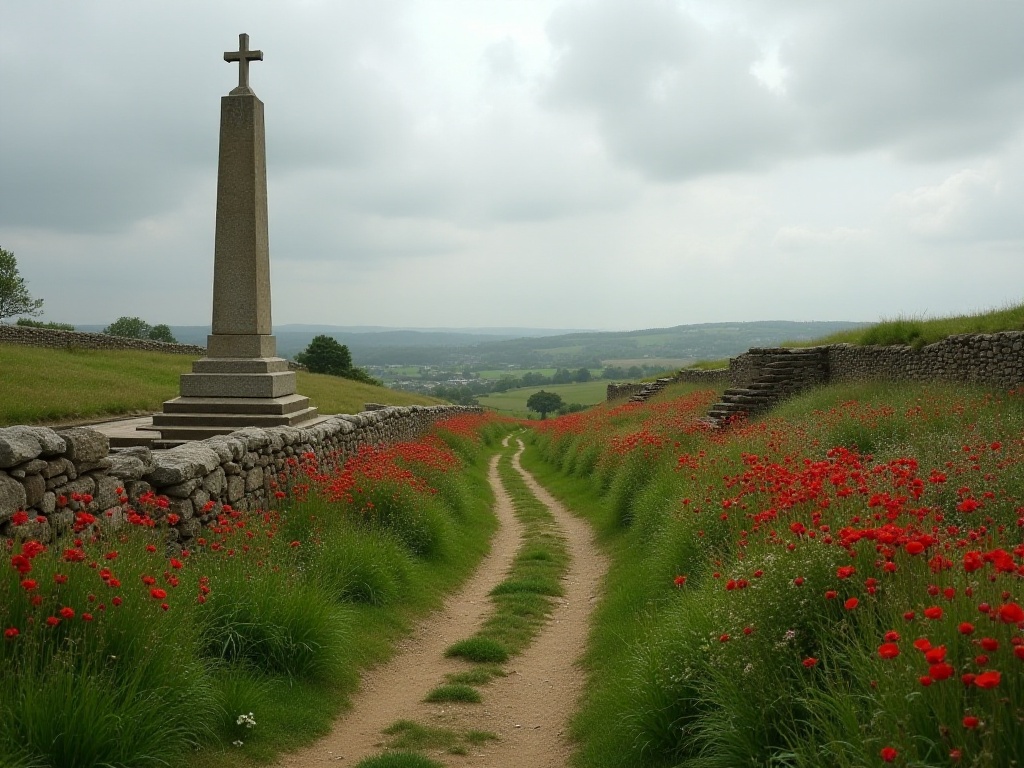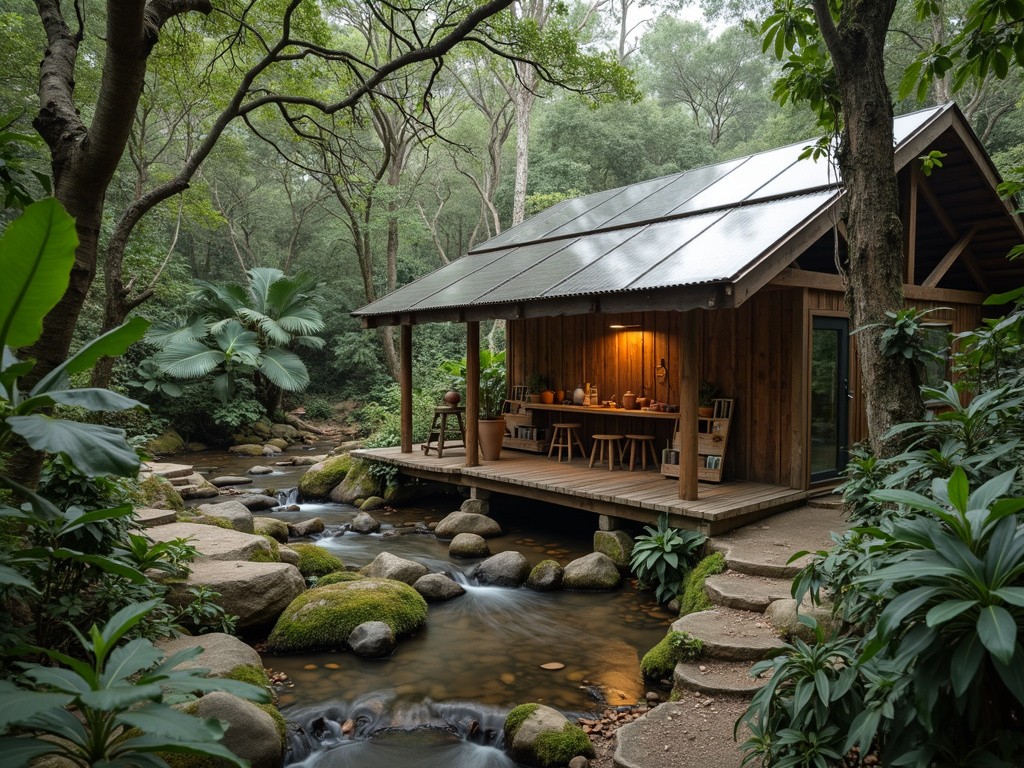Exploring the Aurora
I'll never forget my first encounter with the Northern Lights in Iceland. It was 2 AM, the temperature was freezing cold, and my friends and I were wrapped in thick down jackets, standing in an open field outside the town of Vik. The surroundings were pitch black, with only distant farmhouse lights visible. Everyone was getting sleepy and even considering giving up on tonight's observation. Just then, an unusual glow appeared in the sky.
At first, it was just a faint, barely noticeable white band of light, but soon this band began to brighten, changing from white to green, like a jade ribbon dancing in the night sky. Then, something amazing happened - that green color began to spread outward, gradually transforming into purple and pink halos. The entire sky seemed to become a giant palette, with various colors interweaving and flowing within it.
We were all stunned, even breathing carefully, afraid to disturb this natural feast. The aurora sometimes poured down like a waterfall, sometimes floated gently like silk, occasionally becoming extraordinarily bright as if to tear through the night sky, then gently fading away moments later. The whole process lasted nearly an hour, yet felt like a dream.
This stunning experience still makes my heart race when I think about it now. No photo or video can fully capture the aurora's charm, because the Northern Lights are not just a visual treat, but an indescribable spiritual touch. That feeling of being small yet amazed, that mysterious experience of connecting with the universe, can only be truly understood through personal experience.
Best Timing
Regarding the best observation time, I can share more details. September to April of the following year is indeed the golden season for viewing the aurora, but each month has its characteristics. In September and October, Iceland's temperature is relatively higher, averaging around 0 degrees, and the ground isn't yet covered in snow, making it very suitable for self-driving and outdoor activities. While the aurora frequency isn't as high as during mid-winter, the observation conditions are more comfortable.
November to February is the peak period for aurora observation. Taking December as an example, Reykjavik typically only has 4-5 hours of daylight, starting around 11 AM and ending around 3 PM. This means you have about 19 hours in darkness, greatly increasing your chances of seeing the aurora. However, temperatures during this period can drop to -10 to -15 degrees, sometimes even lower, requiring more equipment.
March and April are another good choice. As spring approaches, temperatures begin to rise, but nights are still long enough, and the weather is usually more stable than winter, with a higher chance of clear skies. I stayed in Iceland for a week in late March last year and encountered 4 clear nights, seeing the aurora on 3 of them.
It's worth mentioning that aurora appearances also depend on moon phases. Nights around the new moon are best for observation because weaker moonlight makes the aurora easier to see. So when planning your trip, it's best to check the lunar calendar and choose periods with less moonlight.
Additionally, the aurora is usually most active between 10 PM and 2 AM. My advice is not to stay up waiting, but set an alarm to check weather and aurora forecasts every couple of hours. Many hotels offer aurora wake-up service, notifying guests when the aurora appears, which is also a good option.
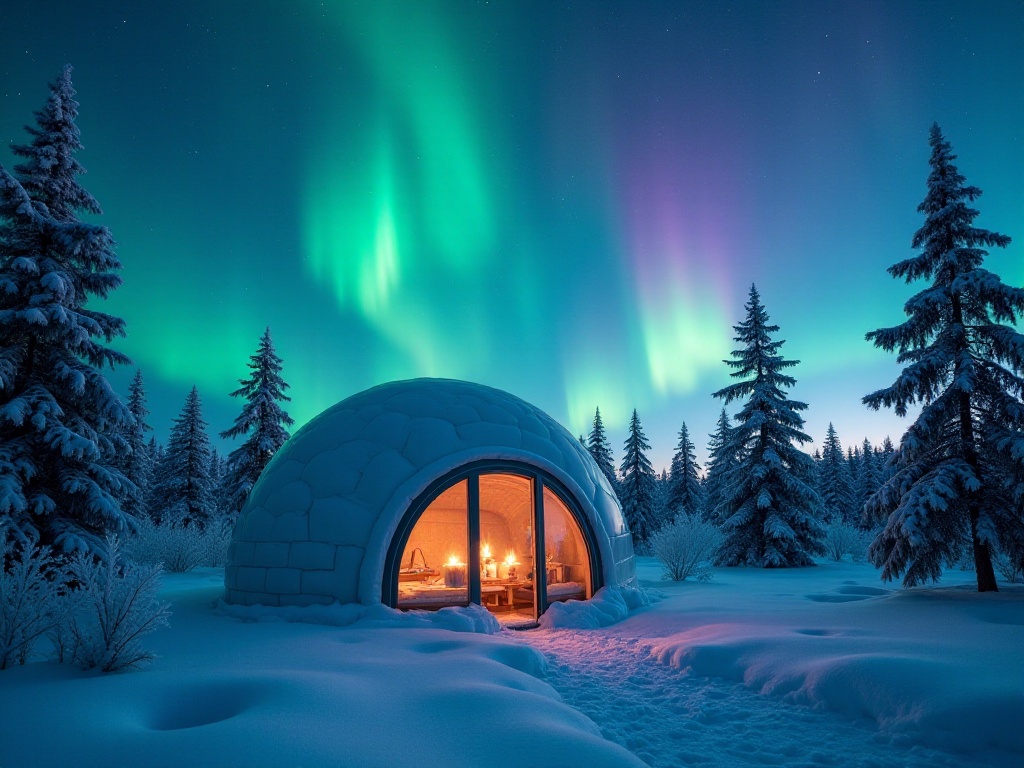
Observation Locations
Regarding observation locations, I can detail several personally verified excellent observation points. While Vik is indeed a great choice, there are more hidden treasure spots worth exploring.
First is the area near Seljalandsfoss waterfall. It's about a two-hour drive from Reykjavik, where you can admire the magnificent waterfall during the day and have an excellent observation point at night. There's almost no light pollution here, and the surrounding terrain is open with excellent visibility. Once I caught a perfect combination of aurora and waterfall here, the scene was almost surreal.
Höfn is also a good choice. This small town in eastern Iceland has a sparse population and is near the famous Vatnajökull glacier. When observing the aurora here, you can often see the fascinating interplay between the aurora and glacier. Last year, I encountered an extremely rare red aurora here, that deep crimson color still vivid in my memory.
Additionally, the Snæfellsnes Peninsula is an excellent location for aurora viewing. Not only is it far from cities, but it also has the iconic Snæfellsjökull volcano as a foreground, perfect for photography. I remember meeting a group of photography enthusiasts here once, we waited together for four full hours, and finally waited for an amazing aurora. That day's aurora wasn't the usual band shape, but appeared like curtains, dancing across the entire sky.
If you want a more unique observation experience, consider the Mývatn area in northern Iceland. Here you have not only geothermal hot springs but also unique volcanic landscapes. Imagine soaking in a warm hot spring pool with brilliant auroras overhead - this experience is definitely unforgettable. I stayed there for three nights, and although I only saw the aurora once, that experience was of extremely high quality, with the aurora lasting nearly two hours and showing rich variations.
For visitors who don't want to venture too far from Reykjavik, I recommend the Grótta lighthouse. Located at the westernmost tip of the Reykjavik peninsula, while you can still see some city lights, it's dark enough. Plus it's convenient to reach, and even if you don't see the aurora, watching the sunset is also a good choice.
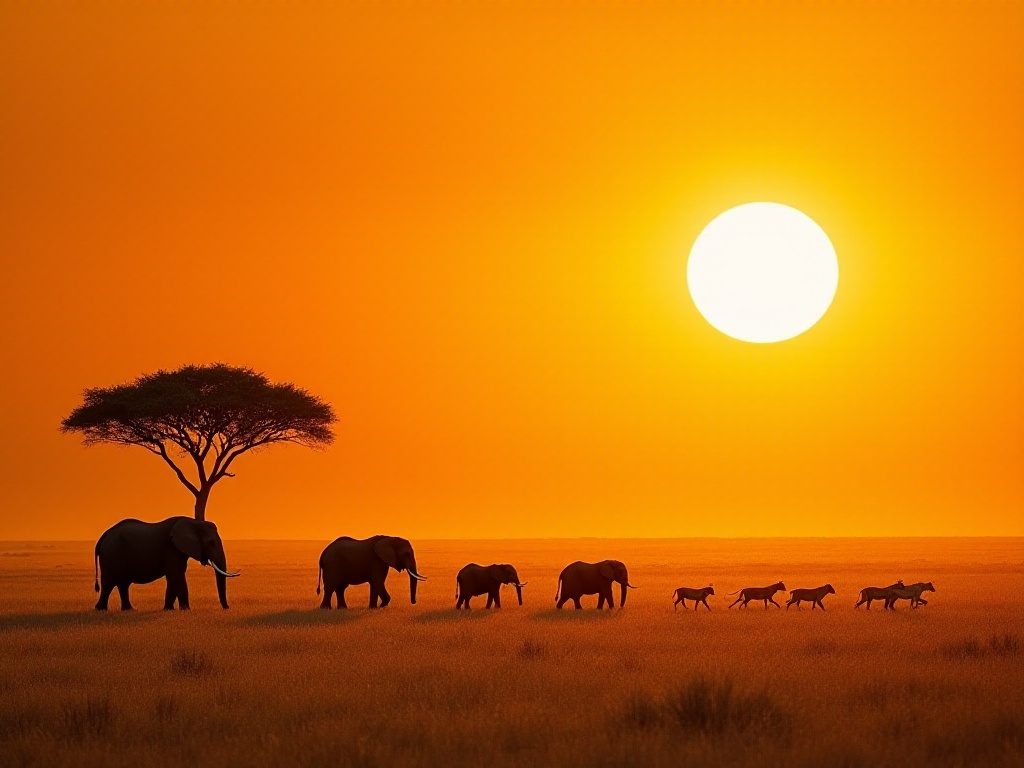
Equipment Preparation
Regarding equipment, I want to particularly emphasize the importance of staying warm. Iceland's cold doesn't just come from temperature, the strong wind is more deadly. I learned this the hard way on my first trip - despite wearing a thick down jacket, I didn't have windproof gear and ended up completely frozen.
Now my three-layer dressing method is like this: The first layer is Merino wool underwear, which not only keeps you warm but doesn't feel uncomfortably damp even when you sweat. The second layer is fleece clothing, preferably with some elasticity for easier movement. The outer layer is a windproof and waterproof jacket, best chosen in a longer style that covers the hips for better wind protection.
Lower body clothing is equally important. I usually wear thermal pants with hiking pants, and waterproof hiking boots for footwear. Shoes should be chosen half a size larger so you can wear thick socks without feeling cramped. It's best to prepare two pairs of gloves - one thin pair with touchscreen capability for operating the camera, and one thick waterproof pair for warmth.
Speaking of photography equipment, besides cameras and tripods, there are some easily overlooked but important items. First are spare batteries, as they drain especially quickly in low temperatures. I usually prepare 3-4 batteries and keep the spares in body-close pockets for warmth. Next is anti-fog solution - Iceland's temperature differences can easily fog up lenses, and a good anti-fog solution can save you a lot of trouble.
Don't forget a headlamp. Although the aurora is usually bright, you still need lighting when setting up and adjusting equipment. Red light headlamps are best as they don't affect your night vision. I also carry a thermos filled with hot coffee or hot chocolate - having a hot drink during the cold wait is simply life's pleasure.
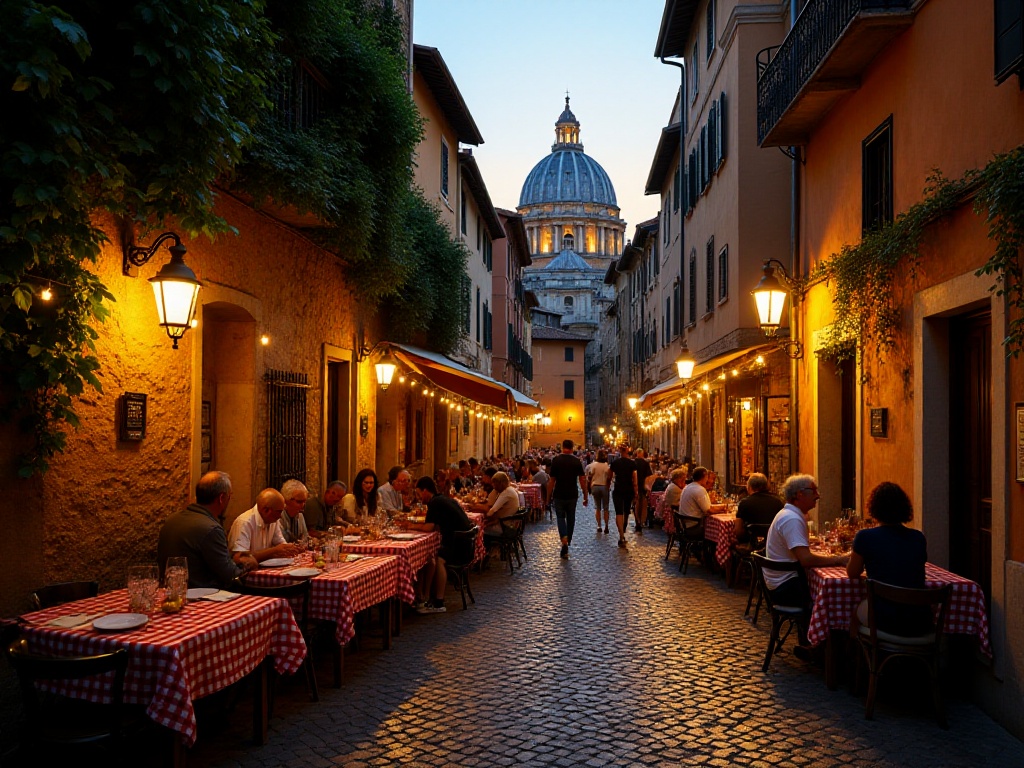
Accommodation Choices
Accommodation is the most worthwhile investment in an aurora trip. I've experienced everything from budget hotels to luxury glass houses, and each type has its characteristics. The most basic are hotels in Reykjavik city center, ranging from 600-1500 yuan, with the advantage of convenient transportation but requiring driving to the suburbs for aurora observation.
If budget allows, I strongly recommend trying specialty accommodations. For example, those glass houses in southern Iceland, though priced at 2000-5000 yuan per night, offer a very unique experience. I remember the glass house I stayed in had the bed facing the sky and was equipped with an aurora alert system. That night when the aurora appeared, I just lay in the warm bed watching this natural spectacle through the glass roof - that feeling was simply luxurious.
Farm stays are also worth mentioning. Many Icelandic farms operate guesthouses, usually priced between 800-1500 yuan. The advantage of these accommodations is their distance from light pollution, and the hosts are usually very friendly, often sharing local aurora observation experience. I stayed at one farm for three nights, where the host not only taught me how to judge the best timing for aurora appearance but also took me to their private observation spots.
For an even more special experience, consider Iceland's capsule hotels. These small accommodation units are usually built in the wilderness, completely free from light pollution. Though space is limited, facilities are complete, and most importantly, the view is excellent. Prices generally range from 1500-3000 yuan, requiring booking well in advance.
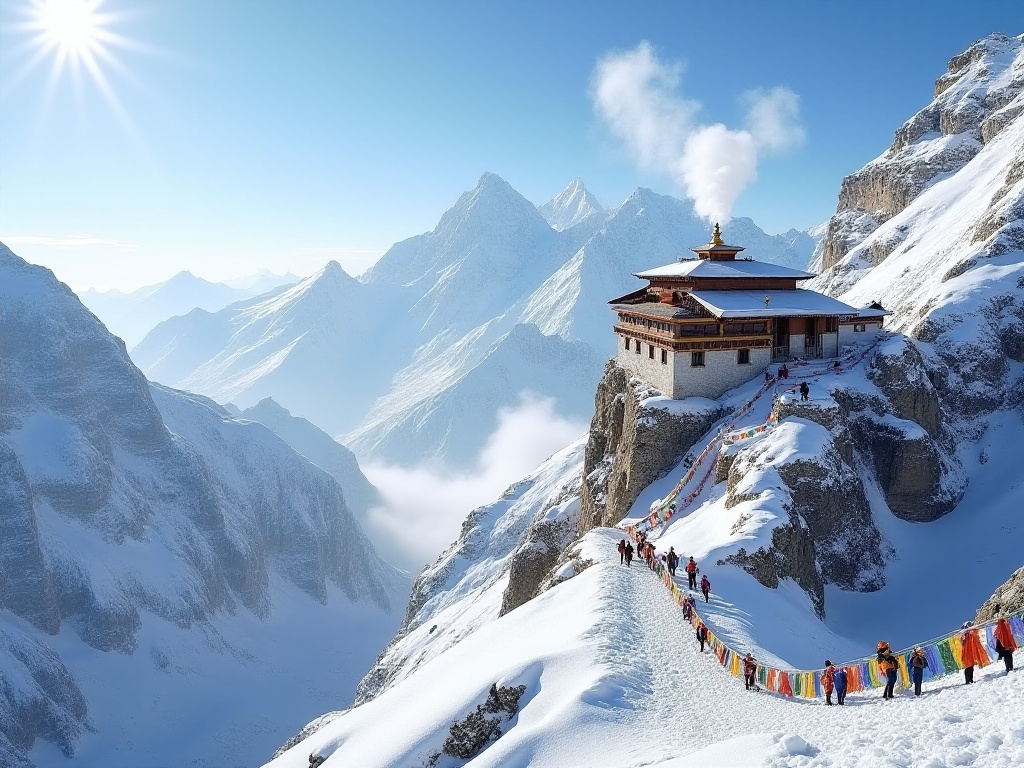
Aurora Forecasting
Aurora forecasting is a scientific topic. Besides "My Aurora Forecast," I use several different prediction tools simultaneously for cross-verification. For example, the "Aurora Service" website provides more professional prediction data, including aurora oval position and intensity changes.
The KP index is indeed the most important reference indicator. This index ranges from 0-9, generally: KP 0-2: Aurora activity is weak, hard to see KP 3-4: Chance to see, but might not be very obvious KP 5 and above: Strong aurora activity, good visual effect
But the KP index isn't the only consideration factor. Cloud cover and moonlight intensity all affect observation effects. I usually combine the Iceland Meteorological Office's cloud maps to make decisions. Sometimes even with a high KP value, it's useless if the sky is covered by clouds.
A practical tip is to learn to observe natural phenomena besides aurora prediction software. For example, if you can see many stars at night, it indicates clear weather suitable for observation. Also, auroras often appear periodically - if you see an aurora during certain hours this week, checking at the same time the next day has a higher success rate.
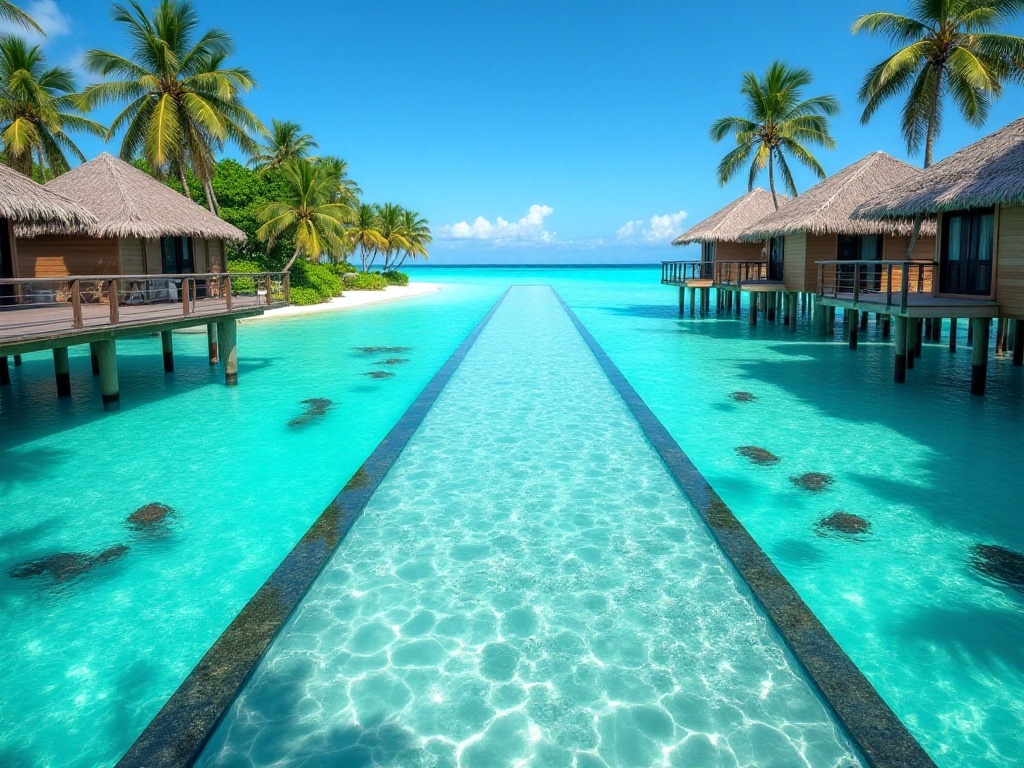
Photography Tips
Photographing the aurora is a technical skill that requires constant practice to master. Besides basic parameter settings, there are many details worth noting.
First is composition. Simply photographing aurora in the sky actually makes it difficult to convey the stunning effect - it's better to find some foreground. Whether it's glaciers, mountains, churches, or even cars parked by the roadside, they can all make photos more story-like. My favorite composition is placing a human silhouette in the foreground, which can show the aurora's grandeur.
Focusing is a challenge. Autofocus basically doesn't work at night, requiring manual focus. My method is to first focus on distant lights or bright stars, then fix the focus ring. If there are no reference points, you can set the focus ring to infinity position, then turn it back slightly.
White balance choice is also important. I usually set it between 3200K-4000K, which can make the aurora's colors more natural. But this parameter can also be adjusted according to personal preference, after all, everyone's color perception is different.
If you want to shoot aurora time-lapse photography, it's recommended to set the shooting interval at 2-3 seconds, which can ensure the aurora's movement looks more smooth. However, note that time-lapse photography consumes a lot of battery power, so be sure to prepare sufficient spare batteries.
Post-processing is also key. RAW format shooting can preserve more details, and you can appropriately increase contrast and saturation in post-processing, but don't overdo it, or it will look fake. My suggestion is to make the photo reproduce the visual effect at the time as much as possible, after all, real auroras are beautiful enough.
Itinerary Planning
Five days is indeed the basic minimum, but if time and budget allow, I recommend planning 7-10 days. This not only increases the probability of seeing the aurora but also allows you to experience Iceland's other attractions more leisurely.
This is my recommended 10-day itinerary:
Days 1-2: Adjust to jet lag in Reykjavik, visit city attractions like Hallgrímskirkja Church and the Sun Voyager sculpture. Try your first aurora observation at Grótta lighthouse at night.
Days 3-4: Golden Circle day trip, visiting geysers and Gullfoss waterfall. Drive to Vik town in the evening, find a suitable observation spot near the black sand beach. Vik has many accommodation options, from budget hotels to luxury hotels.
Days 5-6: Explore southern Iceland, including Jökulsárlón glacier lagoon and Vatnajökull glacier. These places are far from cities and are excellent observation points. Stay in Höfn, where the seafood is great.
Days 7-8: Head to Snæfellsnes Peninsula, which has unique scenery perfect for photographing the aurora. Stay in nearby towns, many guesthouse hosts are familiar with local aurora observation points.
Days 9-10: Return to Reykjavik, relax, perhaps visit the Blue Lagoon hot springs. If you haven't seen the aurora in previous days, this is your last chance.
Daytime activities should be moderate, don't schedule too much. After all, nighttime aurora observation can be tiring, and you need to preserve energy. Plus Iceland's weather changes greatly, so keep the itinerary flexible, adjusting according to weather and aurora forecasts anytime.
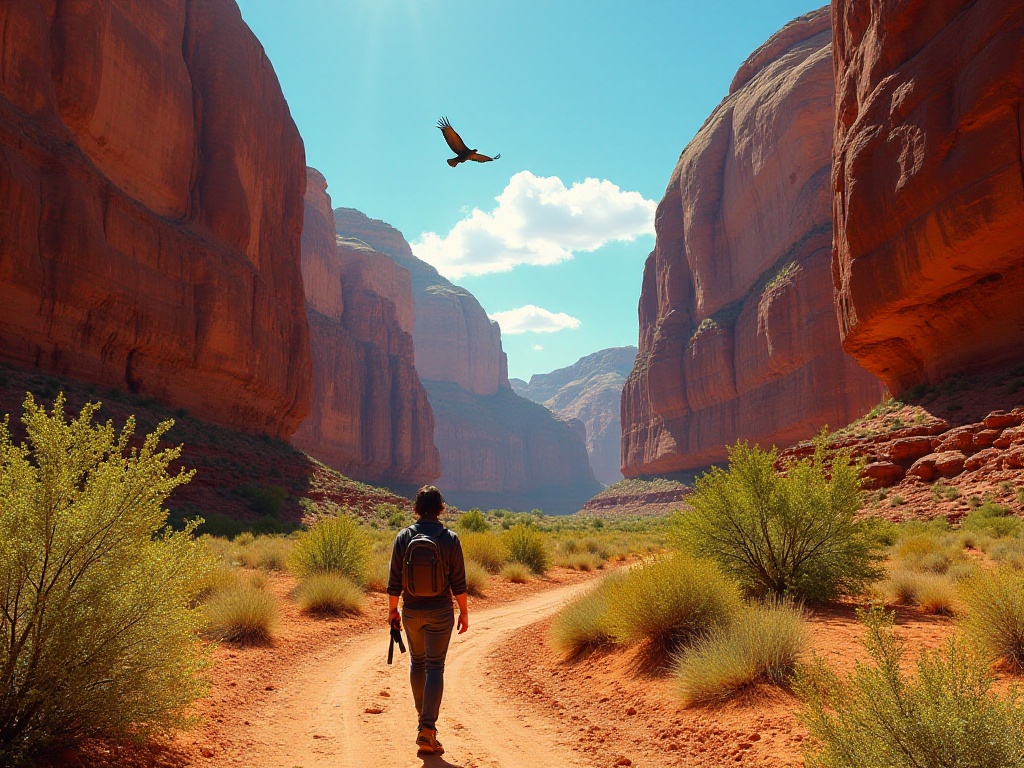
Unexpected Preparations
Aurora observation is indeed full of uncertainties, which is also part of its charm. I've experienced waiting a week without seeing the aurora, and also encountered unexpected surprises.
I remember once, we were about to give up and pack up our equipment to return to the hotel. At that moment, a local guide suggested we wait another half hour. Sure enough, at the last moment, the sky suddenly burst into brilliant auroras, lasting for nearly two hours. This taught me that patience is really important when it comes to aurora observation.
I've also encountered equipment failures. Once the camera suddenly stopped working, later we found out it was because the battery died in the low temperature. Since then, I always carry hand warmers to keep the batteries warm.
Weather often interferes too. Sometimes the forecast says it's sunny, but it suddenly starts snowing. So now I always prepare some backup plans, like downloading some fun indoor games or checking nearby cafes in advance, so we won't feel bored even if the weather is bad.
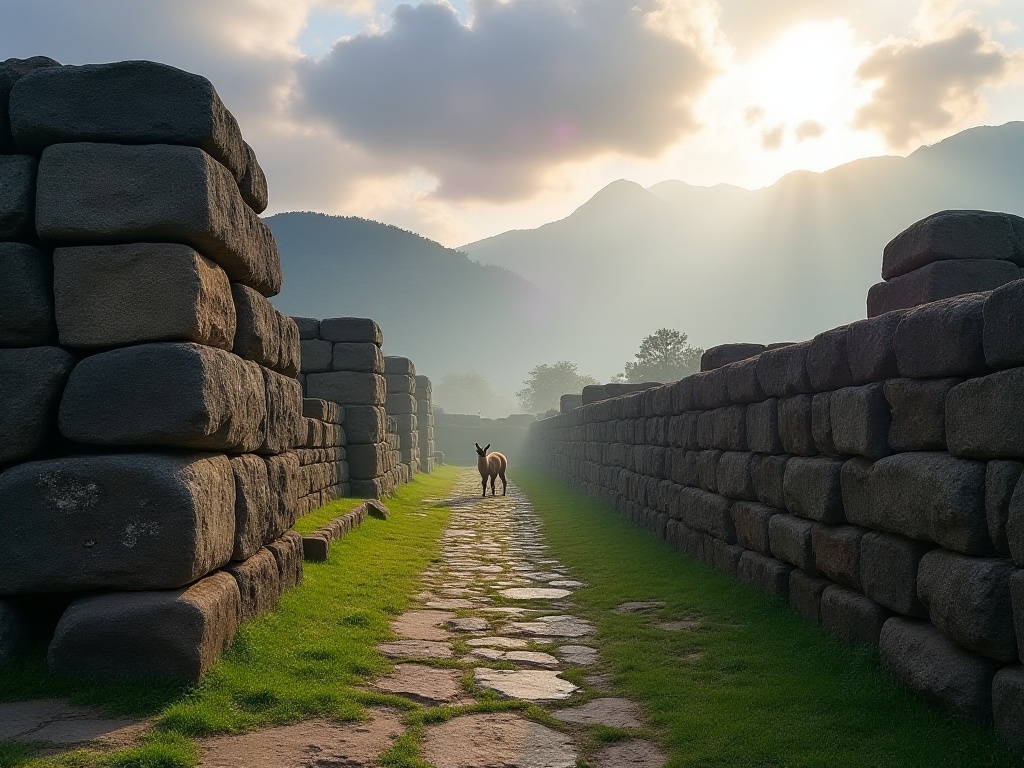
In-Depth Experience
Interacting with locals indeed makes the journey more interesting. Icelanders have a special attitude towards the aurora, seeing it as a gift from nature rather than a given spectacle.
An old gentleman told me that in Icelandic tradition, pregnant women shouldn't watch the aurora because they believe it will affect the unborn child. Though this is just a legend, it reflects Icelanders' reverence for the aurora.
Another interesting legend is about the aurora's sound. Many Icelanders say they can hear sounds from the aurora, like slight hissing or crackling sounds. Though there's no definitive scientific evidence yet, this saying has been passed down locally for a long time.
I've also met some photographers who have lived in Iceland for decades, sharing many tips for photographing the aurora. Such as how to judge the best observation position for the aurora, how to predict the aurora's movement direction, etc. These experiences can't be learned from books.
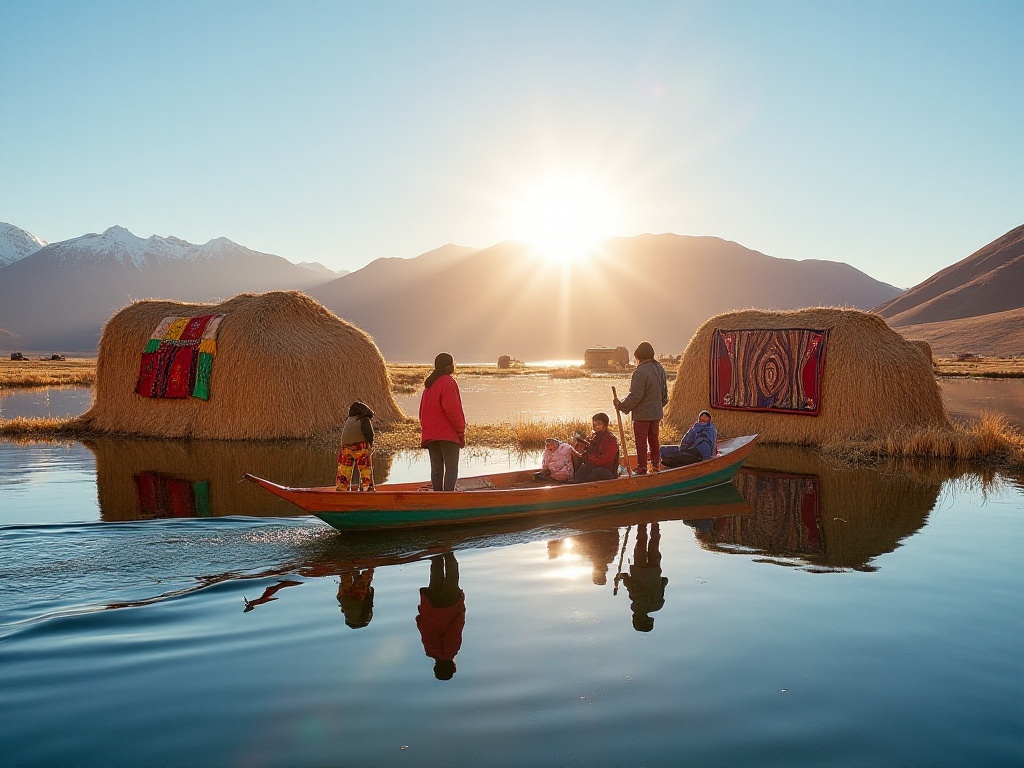
Cost Budget
Regarding budget, I can analyze the various expenses in more detail:
Flights: Depending on season and booking time, round-trip tickets range from 5000-8000 yuan. It's recommended to book 3-4 months in advance to get better prices.
Accommodation: Standard hotels cost 600-1500 yuan per night, specialty accommodations like glass houses cost 2000-5000 yuan. For a 7-day stay, accommodation costs range from 4200-10500 yuan.
Car rental: A week's car rental costs between 2000-3500 yuan, depending on the vehicle type. If you want to rent a 4WD SUV, the price will be higher. Don't forget to consider fuel costs, as gas is quite expensive in Iceland.
Dining: Iceland's prices are relatively high, with a proper meal costing at least 200-300 yuan. You can save some by cooking yourself, but supermarket prices aren't cheap either. Expect daily food expenses of 300-500 yuan.
Other expenses: Including attraction tickets, hot spring fees, etc., about 2000-3000 yuan needed.
If you choose to join professional aurora tours, prices range from 1000-2000 yuan per person per time. Though more expensive, guides will take you to some secret observation points and share professional photography tips.
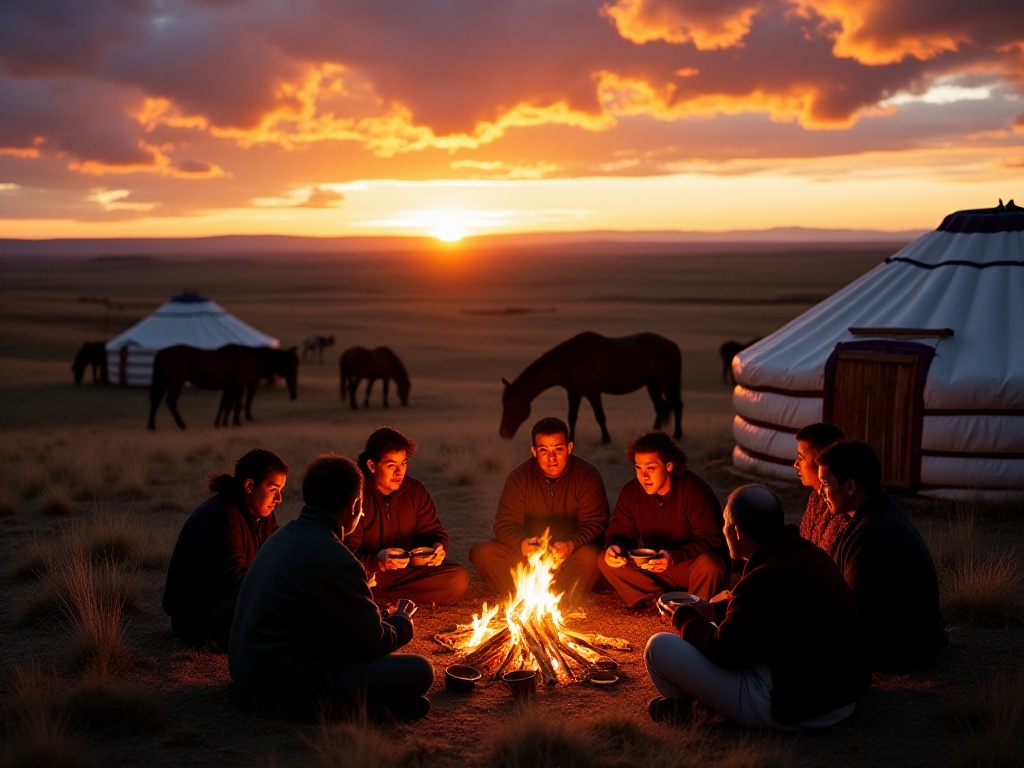
Friendly Reminders
About the advice to "put down the camera," I want to add something. Many people now pursue perfect photos too much, neglecting the importance of personal experience. I suggest first using your eyes and heart to feel this magical natural phenomenon when you see the aurora, then consider taking photos.
Moreover, some



